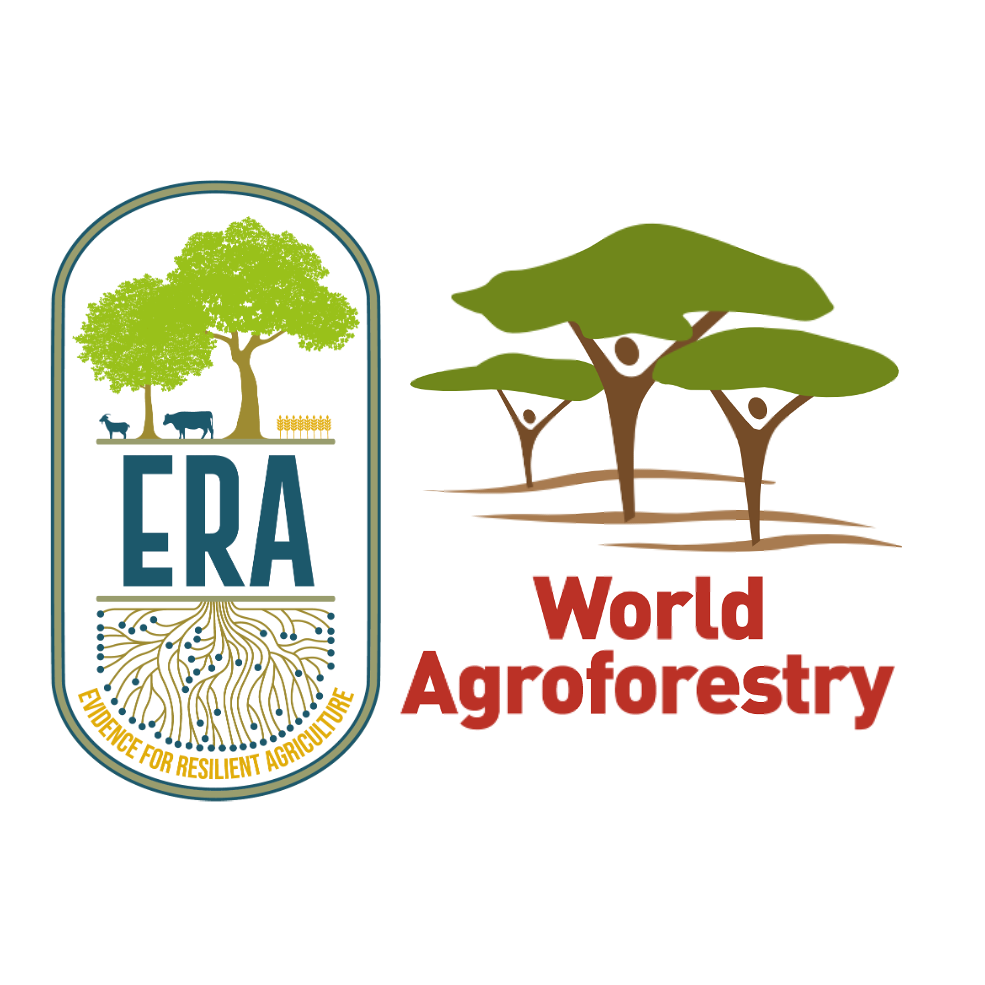Who is this website for
The website has been designed in a user-friendly way. What user? - you may ask. One that has at leas a basic understanding or interest in agricultural and/or environmental data (analysis). It is the intention that the site will facilitate understanding and usage of ERA data, but most importantly to tell the story of the data in ERA.
How to use this website
This website describes the project and meta-database ‘Evidence for Resilient Agriculture’ (ERA), through working with it’s data found in the ERAg package version xx.xx.xx. The website is divided in four parts: Part 1: Introduction and description, Part 2: Analysing ERA agroforestry data with ERAAnalyze, Part 3: Analysing ERA agroforestry data with the tidymodels machine learning meta-package, and finally a bonus section called Part 4: Analysing the same ERA agroforestry data with the tidymodels workflowsets package - a new package designed to fast and efficiently compare models and model pre-processing steps. If you are new to ERA and tidymodels please start at the introduction (Part 1), but feel free to jump to other parts if needed.
Who created this website
This website has been designed and developed by Kamau Lindhardt. I am passionate about resilient and sustainable agriculture and land-use systems by levering on the potentials of data -and geospatial sciences and applied agroecological knowledge for people and planet. All ERA data and content provided through the ERAg package is made possible by Todd Rosenstock, Peter Steward, and the rest of the ERA team who have worked for years to gather and synthesize the large amounts of data that make up the ERA meta-database.
Why
At the end of my internship at the ERA project hosted by The World Agroforestry Centre, I found it difficult to find a proper way of consolidating months of work on analysing agroforestry data from ERA, into a tangible and meaningful “product”
Use of online materials and tools
Inspiration for the design, structure and content for this website was found in Chapter 3, and Chapter 4 of the book DATA 3320 Data Science Methodology and Applications
Model evaluation approach - here
Tables created “manually” have been generated in Table Generator
Guide and examples on how to use Distill for Rmarkdown have been found on Distill for R Markdown and on RStudio’s AI Blog
How to use yardstick from tidymodels - here on this introduction to tidymodels blog by R. Dimas Bagas Herlambang.
Additional information on ERA have been sourced on the ERA website
The use of R and statistical data science have been found on R for Data Science
Inspiration on vizualisations and analysis proceedures have been sourced on RStudio’s R Markdown page
Use of the Rmarkdown language have been sourced on the book R Markdown: The Definitive Guide and the R Markdown Cookbook
How to make use of Rmarkdown in RStudio with Version control through Git and GitHub have been studied in this book: An Introduction to R
Inspirations have been drawn from rstudio4edu - A Handbook for Teaching and Learning with R and RStudio
The framework for the Combined Outlier Detection Method is used from Evgeni Chasnovski’s website called Question Flow.
For an overview of RStudio Server Amazon Machine Image (AMI) check out this piece of information on Amazon Machine Image (AMI) made by Louis Aslett, Associate Professor in the Department of Mathematical Sciences at Durham University. Check out On-Demand Pricing for price ranges of Amazon’s AWS EC2 machines.
